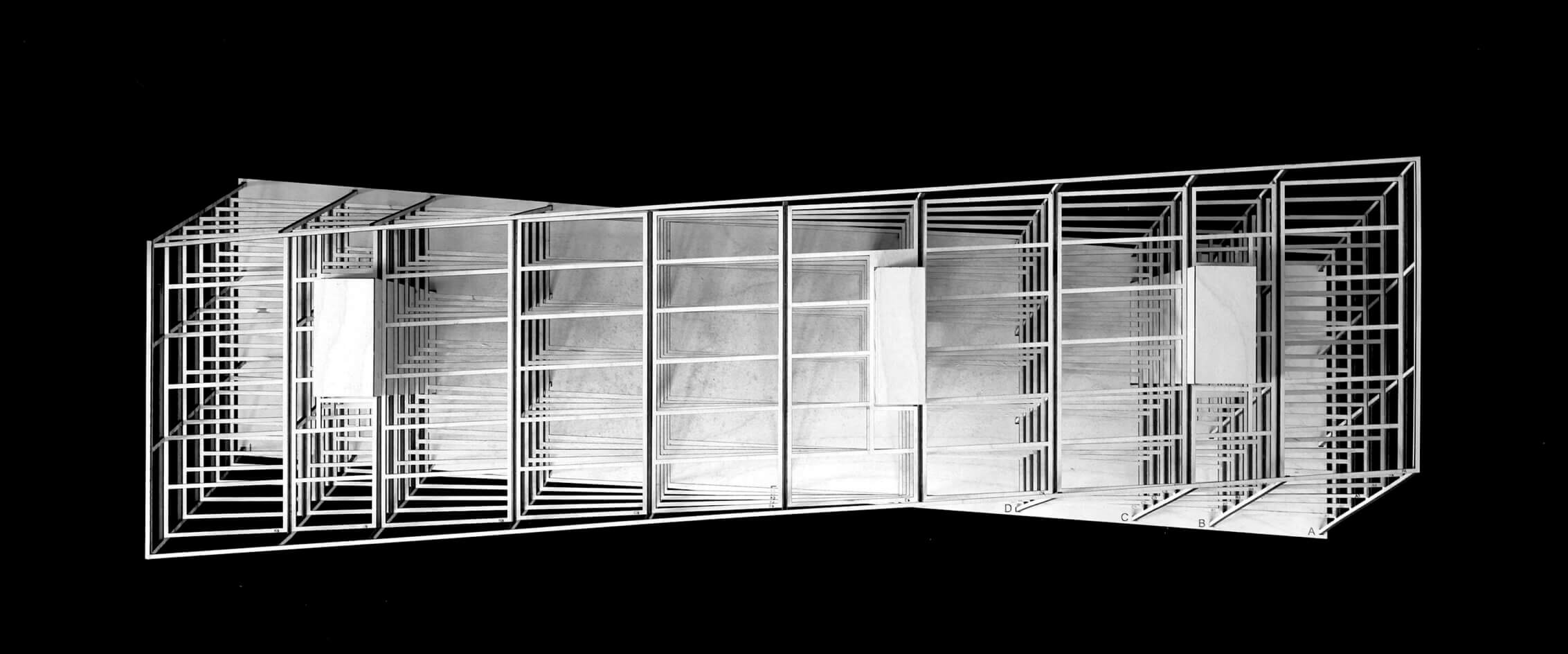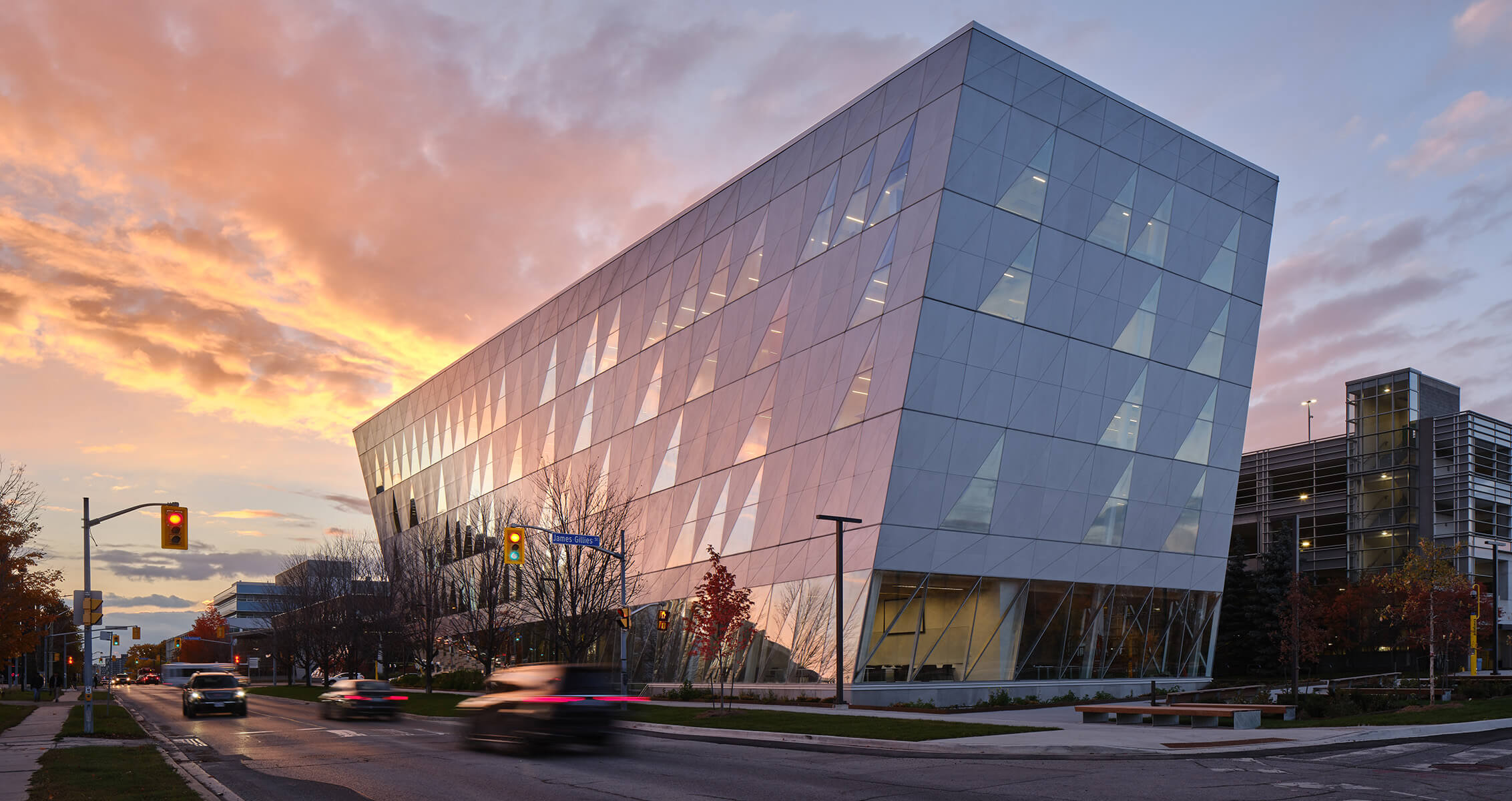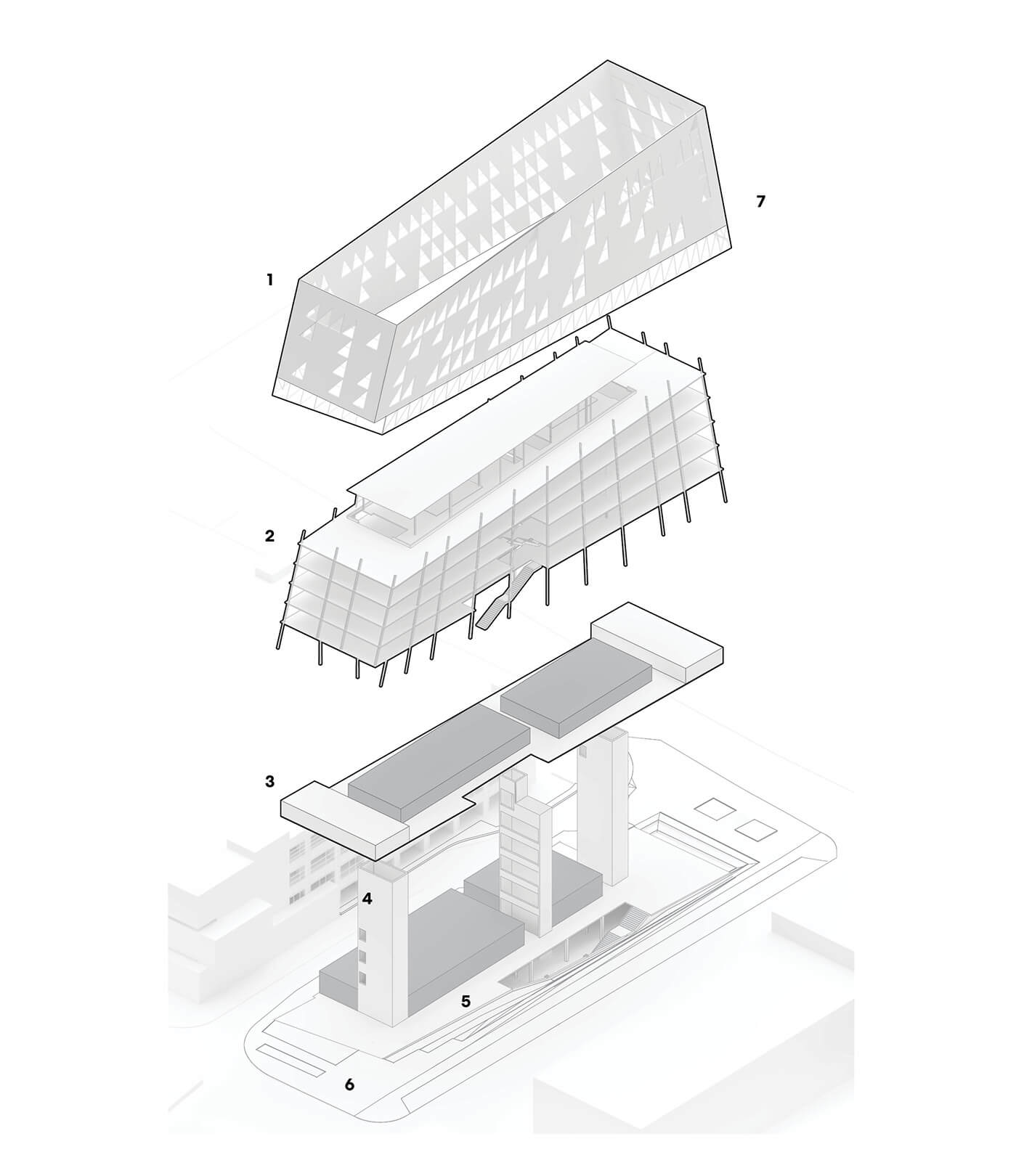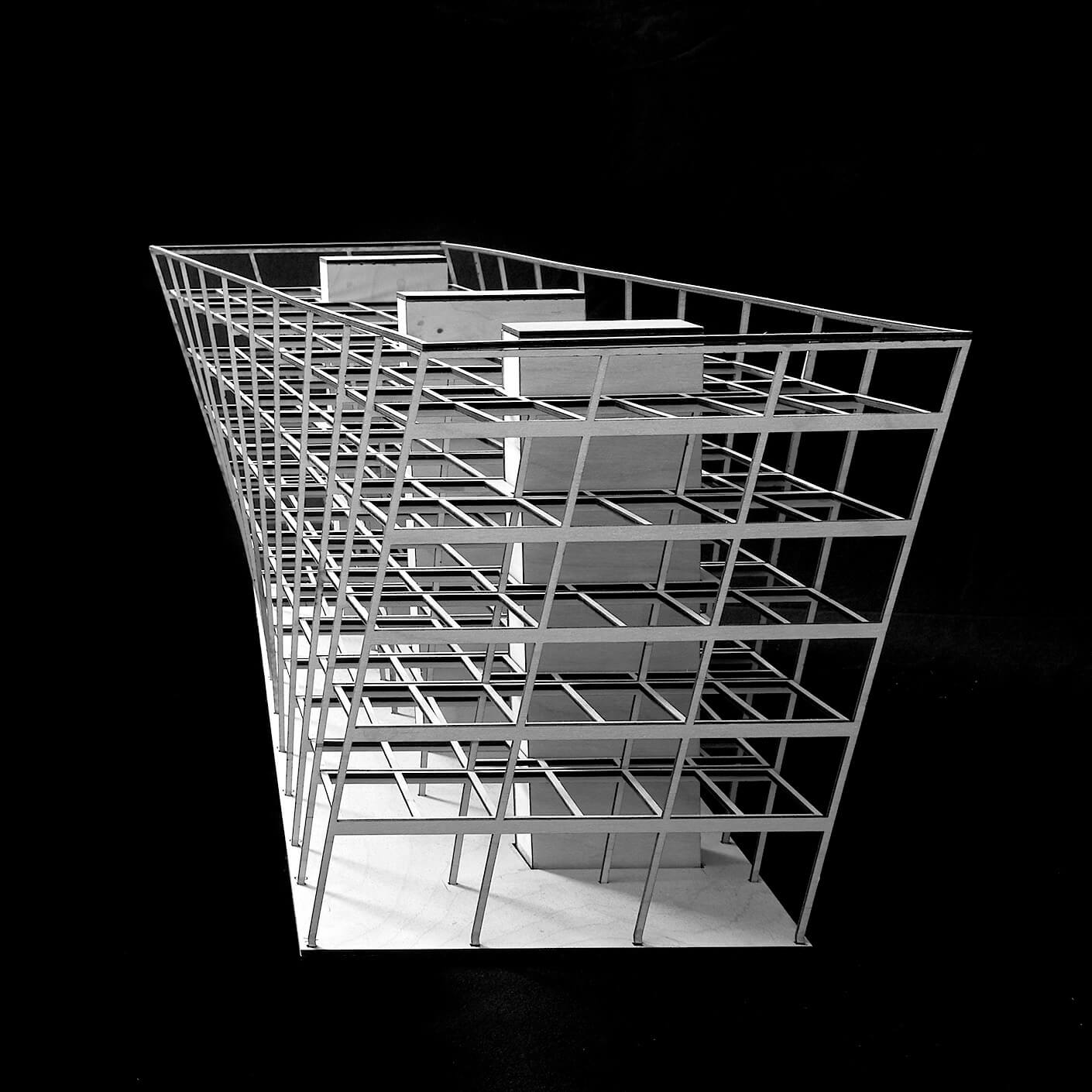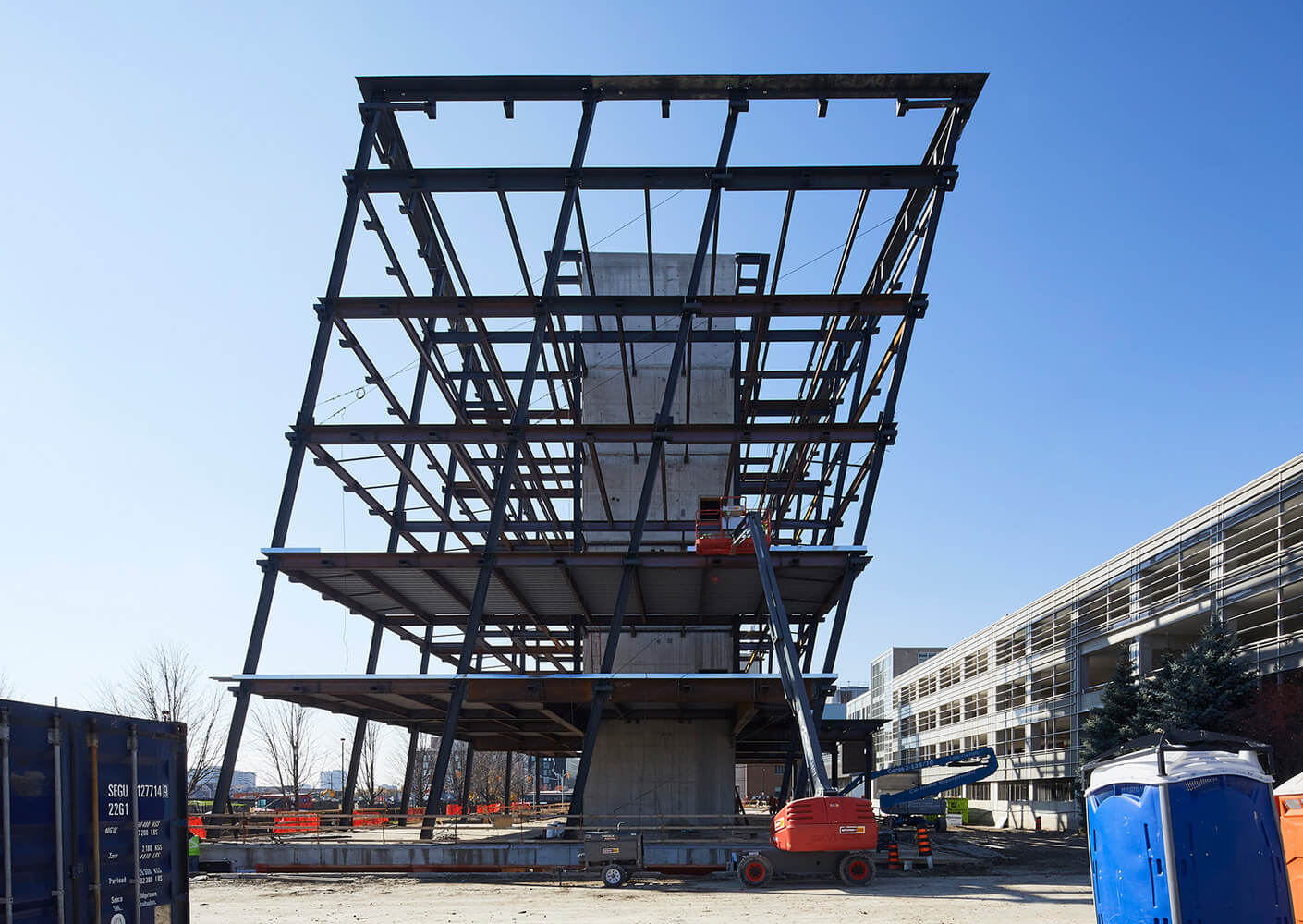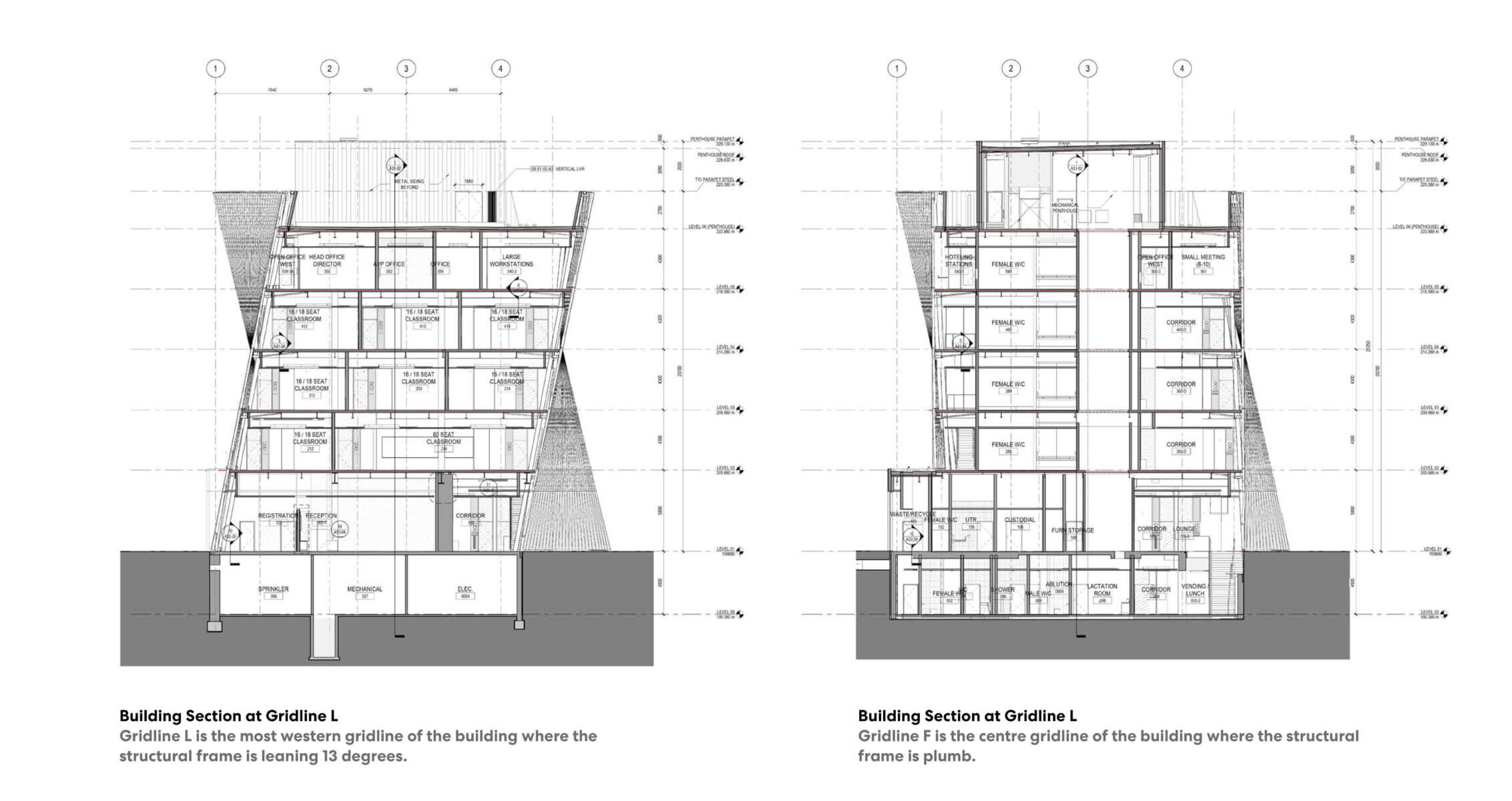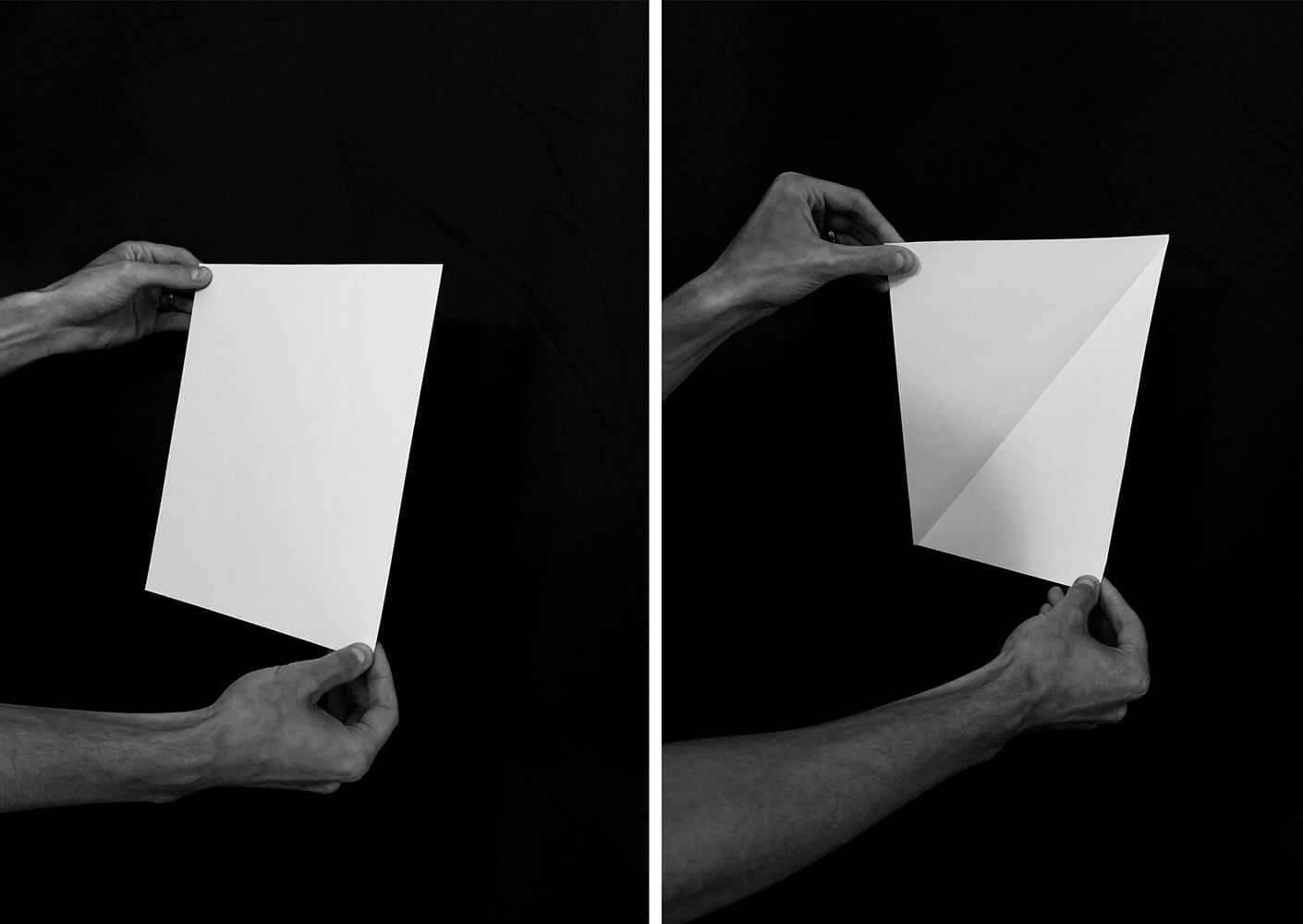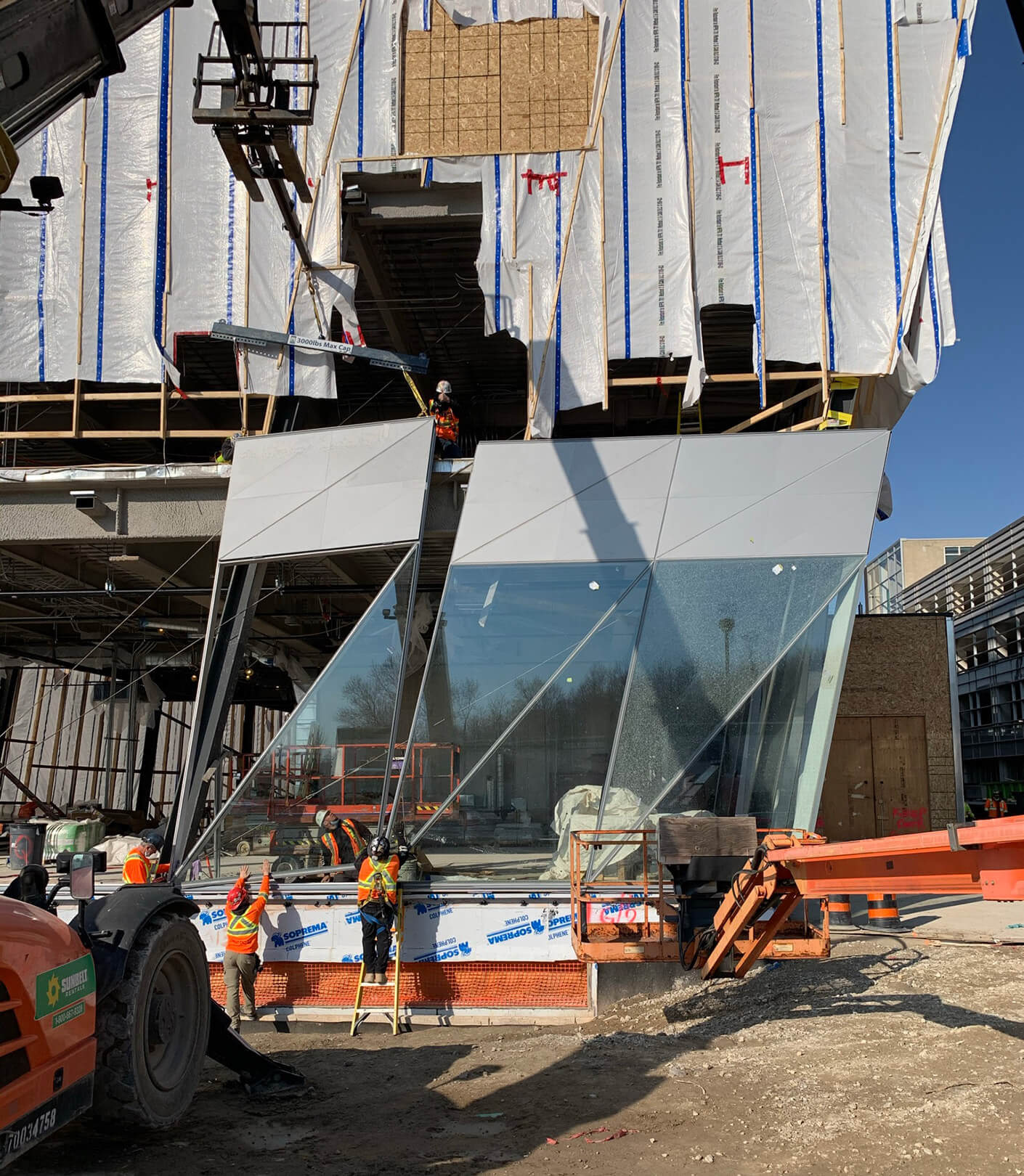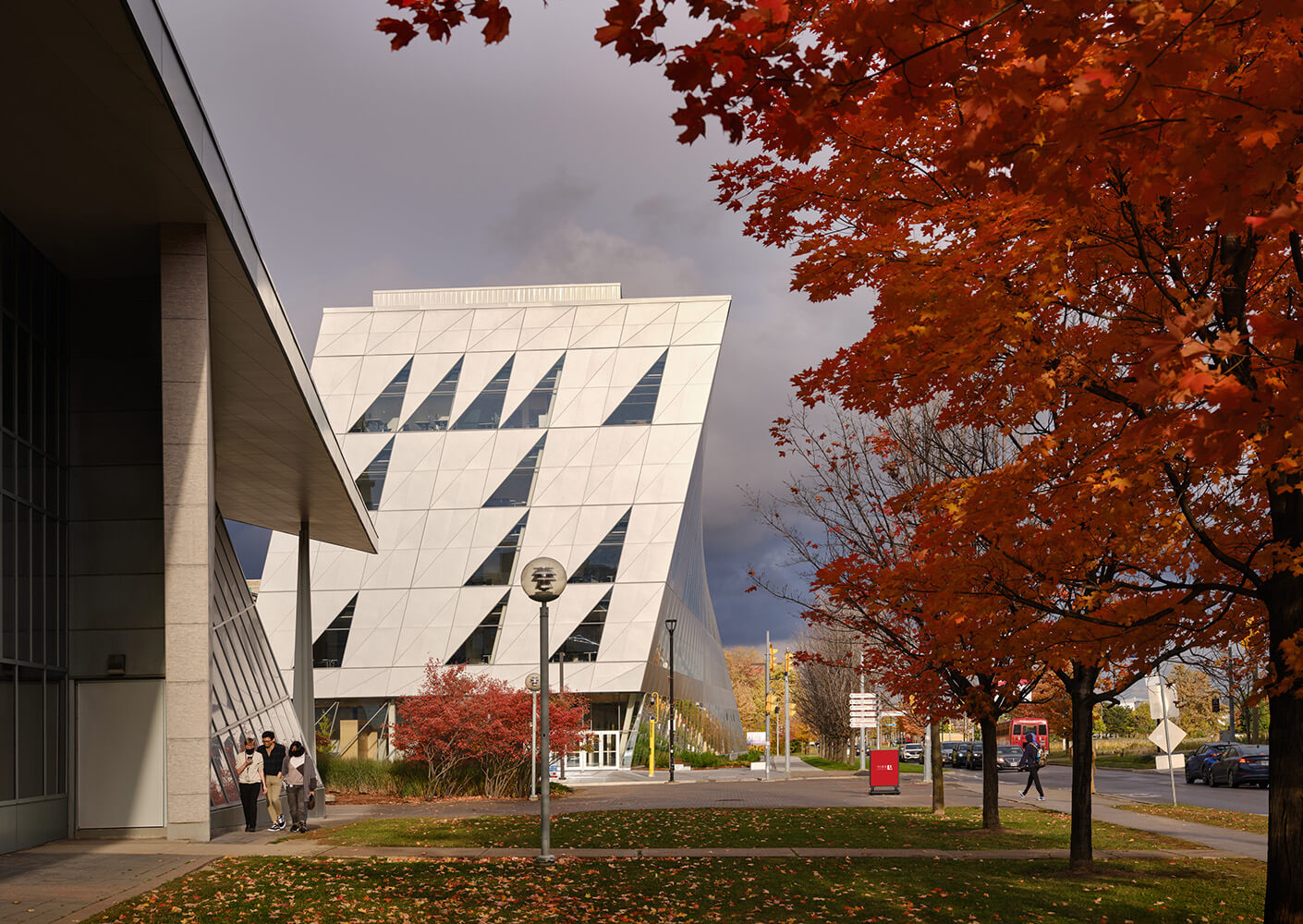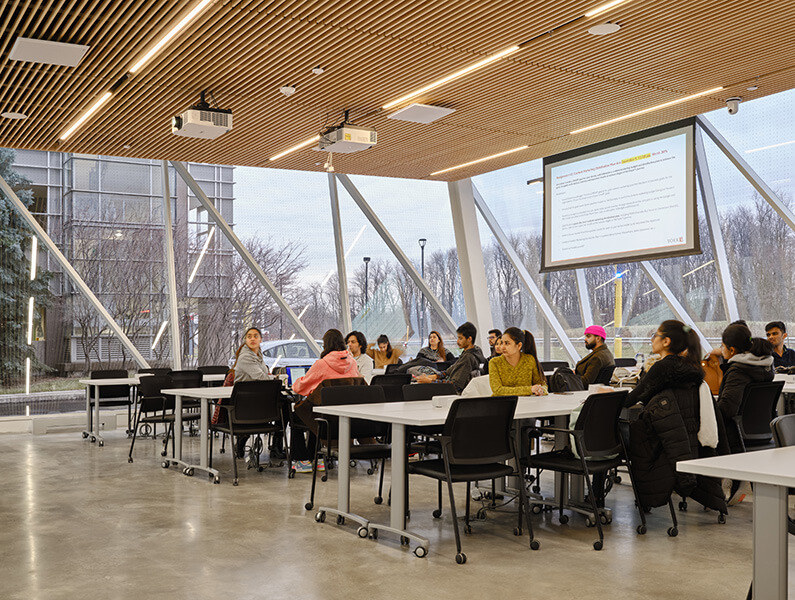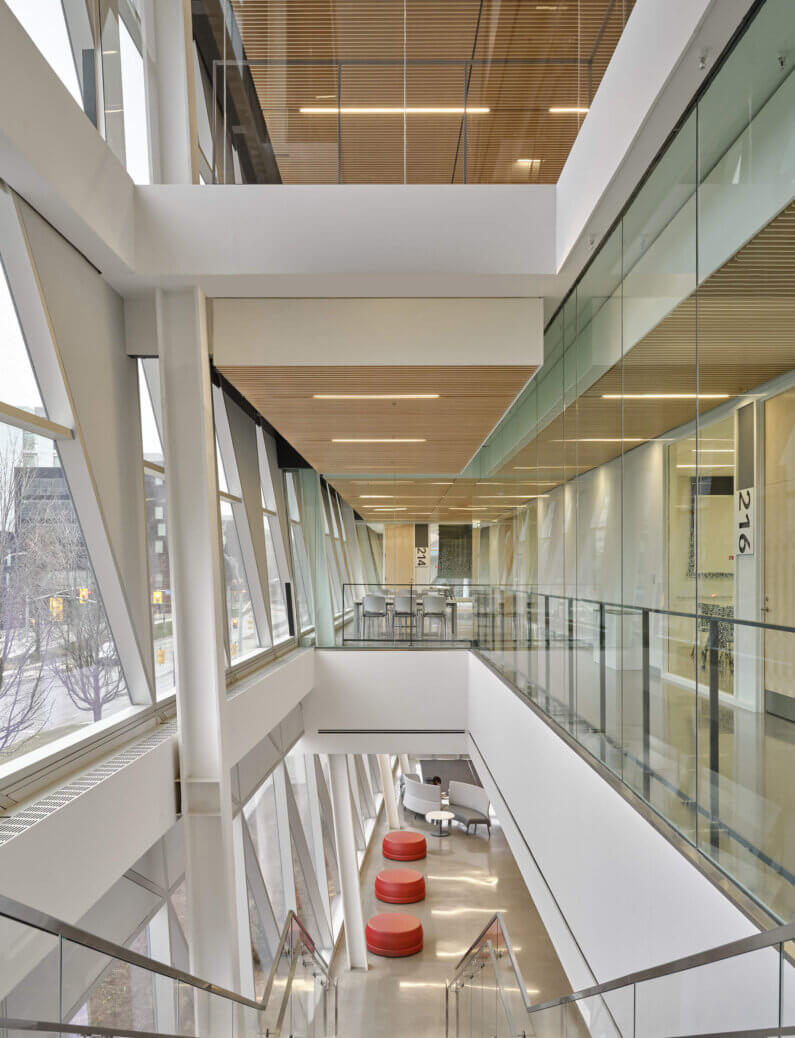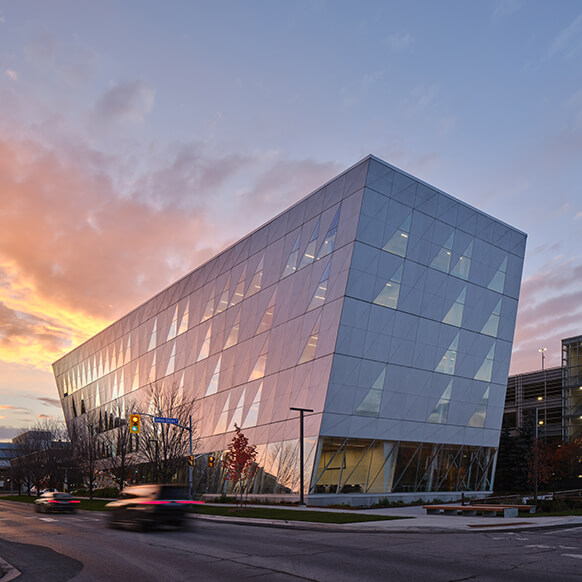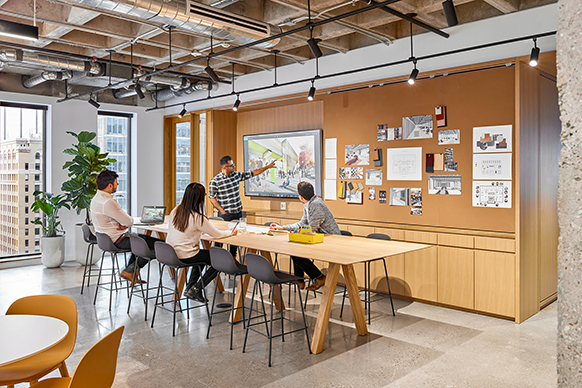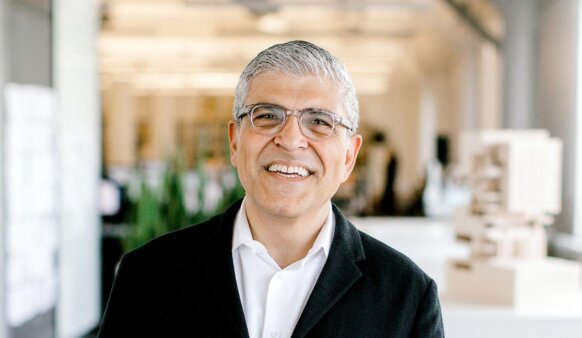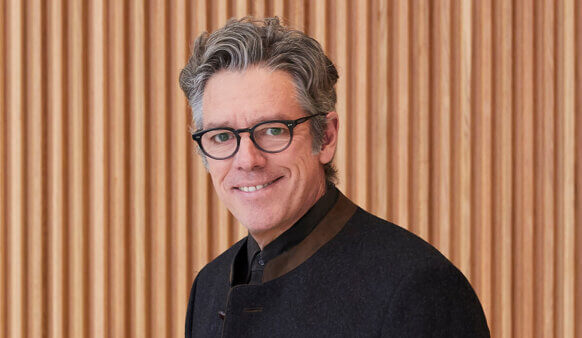Each year, Perkins&Will studios across the globe compete to identify and celebrate the best in technical design. The Transcendent Detail Competition challenges project teams firmwide to put forth their most technically compelling built work to be judged on four criteria: creativity, elegance, technical difficulty, and adherence to design intent. The 2023 champion, the York University School of Continuing Studies, a project we were awarded through an international design competition, achieved excellence across all criteria. A highly integrated set of design principles, building envelope, structure, and interior design work together to deliver a simple, elegant, and striking new home for the School of Continuing Studies.
York University’s School of Continuing Studies was dispersed across a series of temporary accommodations—a critical shortcoming for the School’s students and faculty. In response, the University articulated the need for a dedicated building to assert the School’s identity and culture, define a campus gateway, and meet ambitious sustainability targets.
Targeting LEED Gold certification, the project prioritizes energy efficiencies and occupant comfort while exploring the potential for net zero energy and carbon. In response to these goals, the building’s dynamic form is generated through a simple geometric logic, with rectangular floor plates rotated around a common centroid. The rotation of the overall form introduces a two-way curve into the north and south facades. As the building rotates about its centroid, a triangulated panel pattern takes advantage of regular and biaxial symmetry to create zones of repeat panel shapes. Budgetary premiums were balanced by deploying a rigorous geometry of repeated, off-the-shelf components, transforming them into something exceptional and unexpected.
